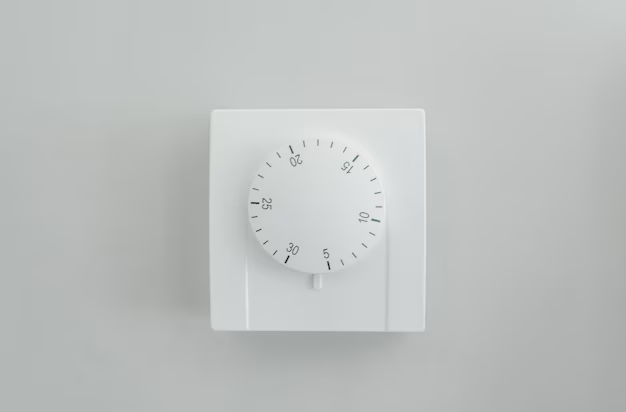Understanding Refrigerator Temperature Settings: What's the Coldest Setting?
If you've ever wondered what refrigerator number setting will keep your food the freshest, you're not alone. Many people find navigating the settings on their fridge a bit confusing, trying to determine which number will provide the ideal chill to keep perishables at their best. Understanding how these settings work is crucial not only for food preservation but also for energy efficiency. In this guide, we'll explore what those numbers mean and how to optimize your refrigerator's performance.
How Refrigerator Temperature Settings Work
Refrigerators and Thermostats
Refrigerators are equipped with thermostats that allow you to set their internal temperature. The settings typically range from numbers representing the thermostat’s calibration rather than specific temperatures. While every refrigerator model may differ, a common pattern is that a higher number correlates to a colder environment.
Numbering Systems
- Basic Settings: Most refrigerators use a dial with a range, often from 1 to 5 or 1 to 7. In these models, the highest setting usually signifies the coldest temperature.
- Digital Displays: Some modern models feature digital thermostats with explicit temperature readings, allowing more precise control.
Why Numbers Matter
Choosing the correct setting keeps your perishables safe and limits energy usage. A setting that's too warm can lead to spoilage, while a setting that's unnecessarily cold can result in wasted energy and frozen food.
Determining the Coldest Setting
Understanding Common Number Ranges
- Single-digit Dials: In refrigerators with single-digit dials, the highest number often translates to the coldest setting. While your device might vary, a setting of '5' on a scale of 1 to 5, or '7' on a scale of 1 to 7, will usually keep your fridge its coldest.
- Digital Thermostats: On digital models, selecting a lower numeric temperature value (in degrees Celsius or Fahrenheit) is cooler.
Practically Setting Your Refrigerator
- Manufacturer’s Guide: Always start by consulting your refrigerator's user guide to understand what each setting means on your specific model.
- Experiment and Adjust: Place a fridge thermometer in the interior to confirm the temperature, aiming for around 37°F (3°C) for optimal freshness.
- Observe Food Condition: Check the condition of your food periodically and adjust as necessary.
Factors Influencing Performance
Location and Usage
- Room Temperature: Environments that are particularly warm or cold can affect internal refrigerator temperature.
- Loading and Frequency of Use: A refrigerator packed too tightly or opened frequently may struggle to maintain its set temperature.
Maintenance Tips
- Regular Defrosting: For those without a frost-free model, regularly defrost the freezer to maintain efficiency.
- Gasket Inspection: Ensure door seals are tight to prevent cold air from escaping.
Keeping Food Safe
Temperature Zones
- Refrigerator Compartment: Ideally kept between 35-38°F (1.7-3.3°C).
- Freezer Compartment: Set at 0°F (-18°C) for optimal freezing.
Special Considerations
- Delicate Foods: Store items like berries and leafy greens in areas less prone to freezing, typically on higher shelves.
- Dairy and Meats: These tend to do better on lower shelves where the temperature is most consistent.
Practical Refrigerator Management
(Here is a practical summary with tips)
🧊 Keep it Cold, Keep it Fresh:
- Opt for mid-high settings for colder temperatures on manual dials.
- Target around 37°F (3°C) in the refrigerator interior.
💡 Smart Use Tips:
- Minimize door openings to sustain settings.
- Be mindful of loading – do not block airways inside the refrigerator.
🔧 Maintenance Matters:
- Regular defrost and gasket checks keep efficiency high.
- Use thermometers for confirmation if unsure.
Final Insights on Optimizing Your Refrigerator
Ensuring a refrigerator maintains the proper temperature setting is pivotal for both food safety and efficiency. By correctly interpreting and adjusting those somewhat cryptic dial numbers or reading digital displays, you capture the benefits of fresher food, less waste, and energy savings. An optimal setting is more than just a number; it's a step towards savvy kitchen management. Always remember, whether analog or digital, staying informed about your refrigerator's behavior and performance allows you to make adjustments that can lead to a lasting impact on your household.
